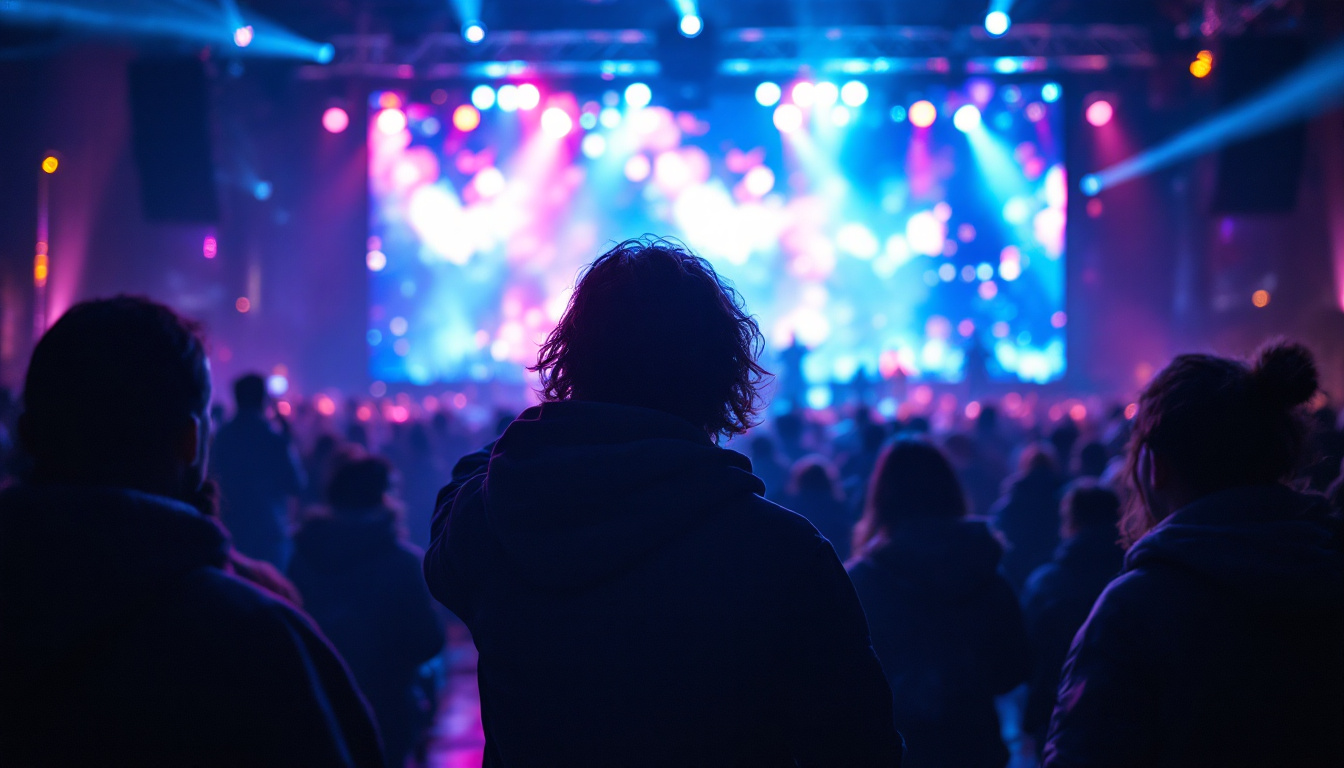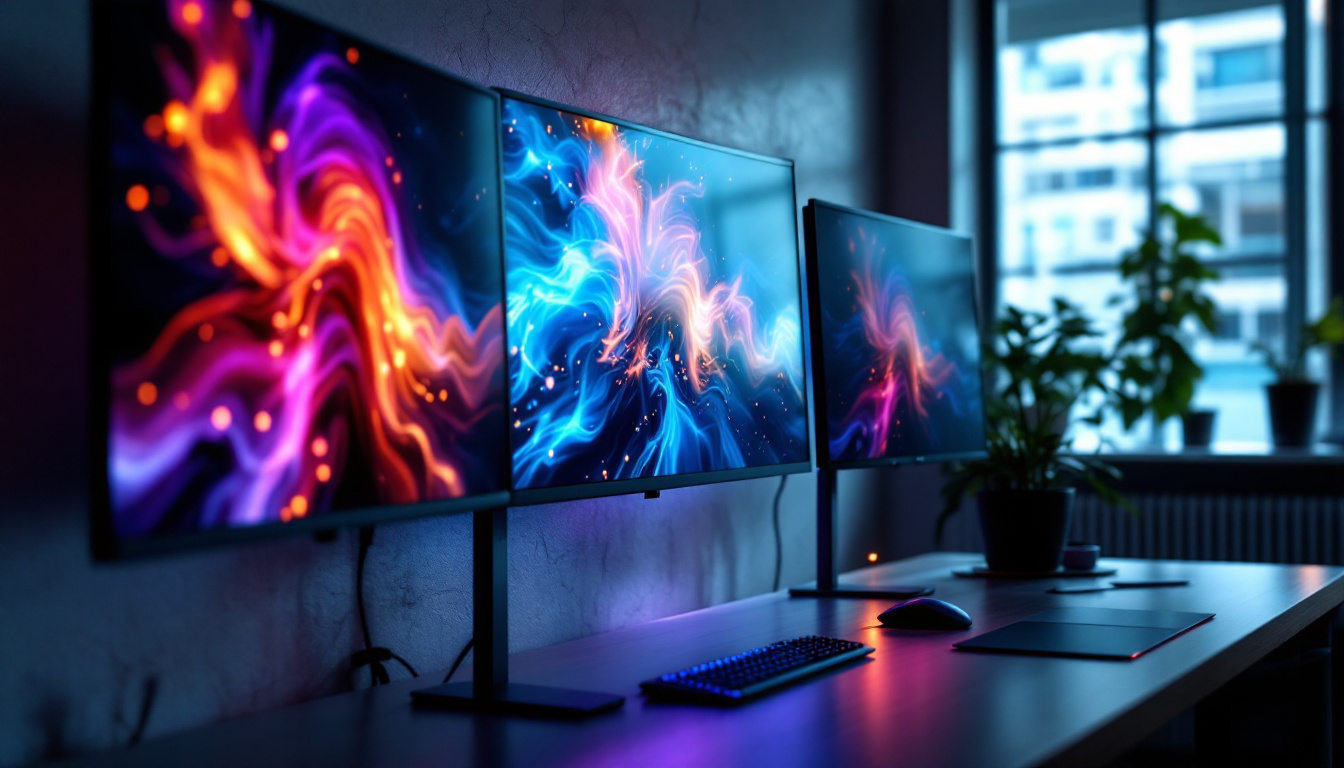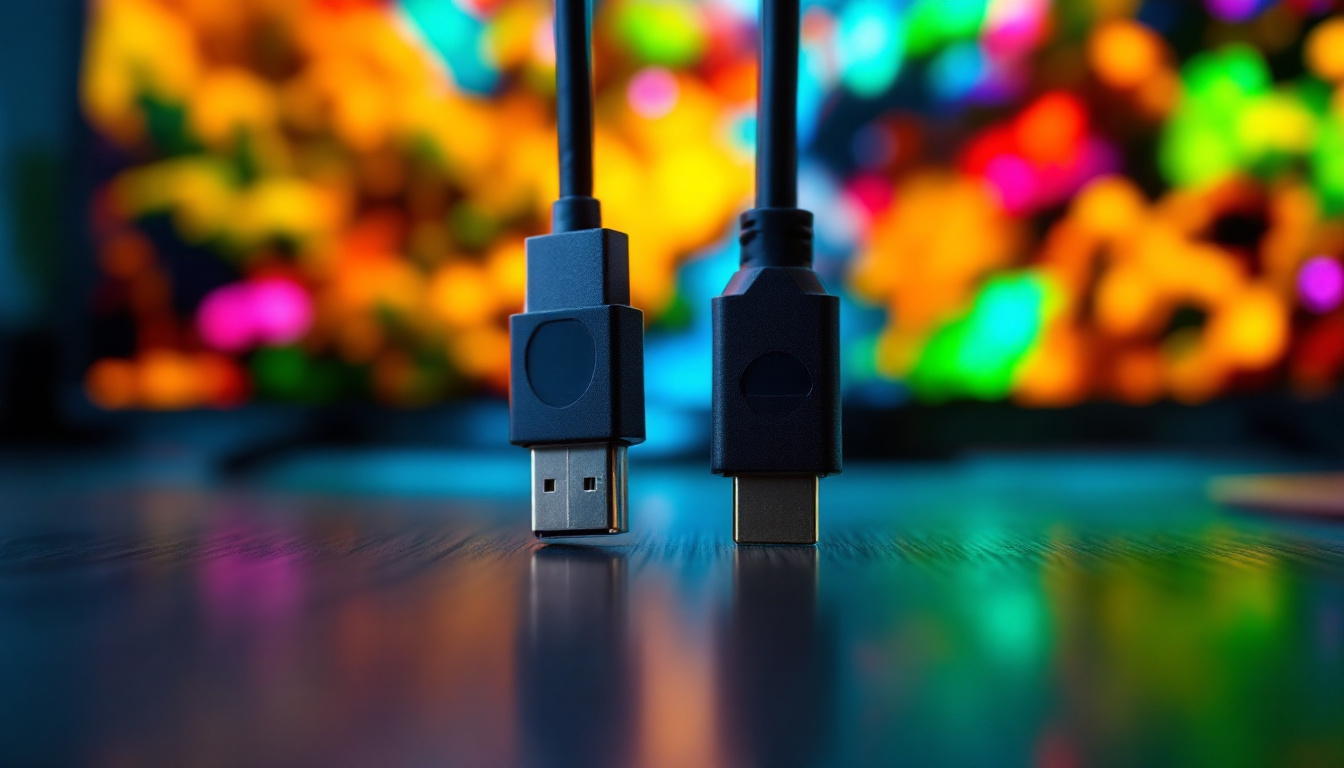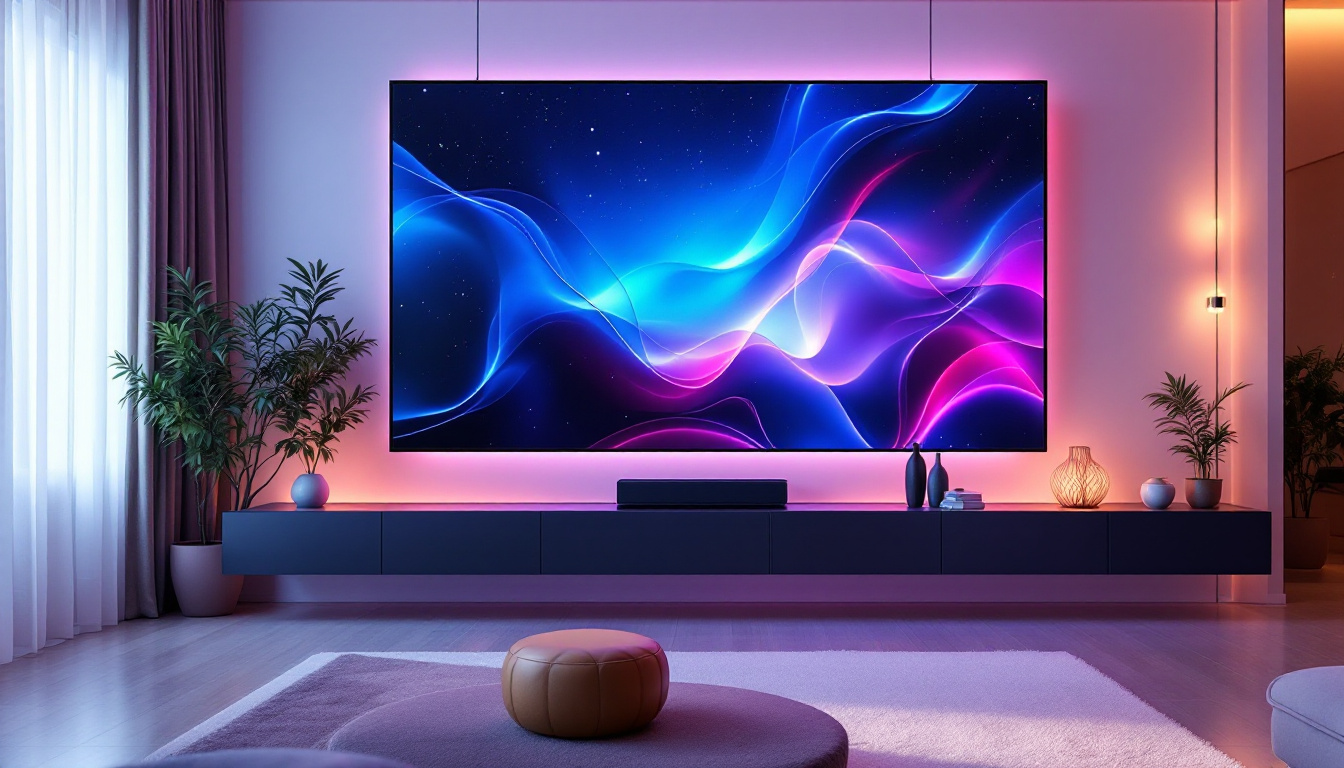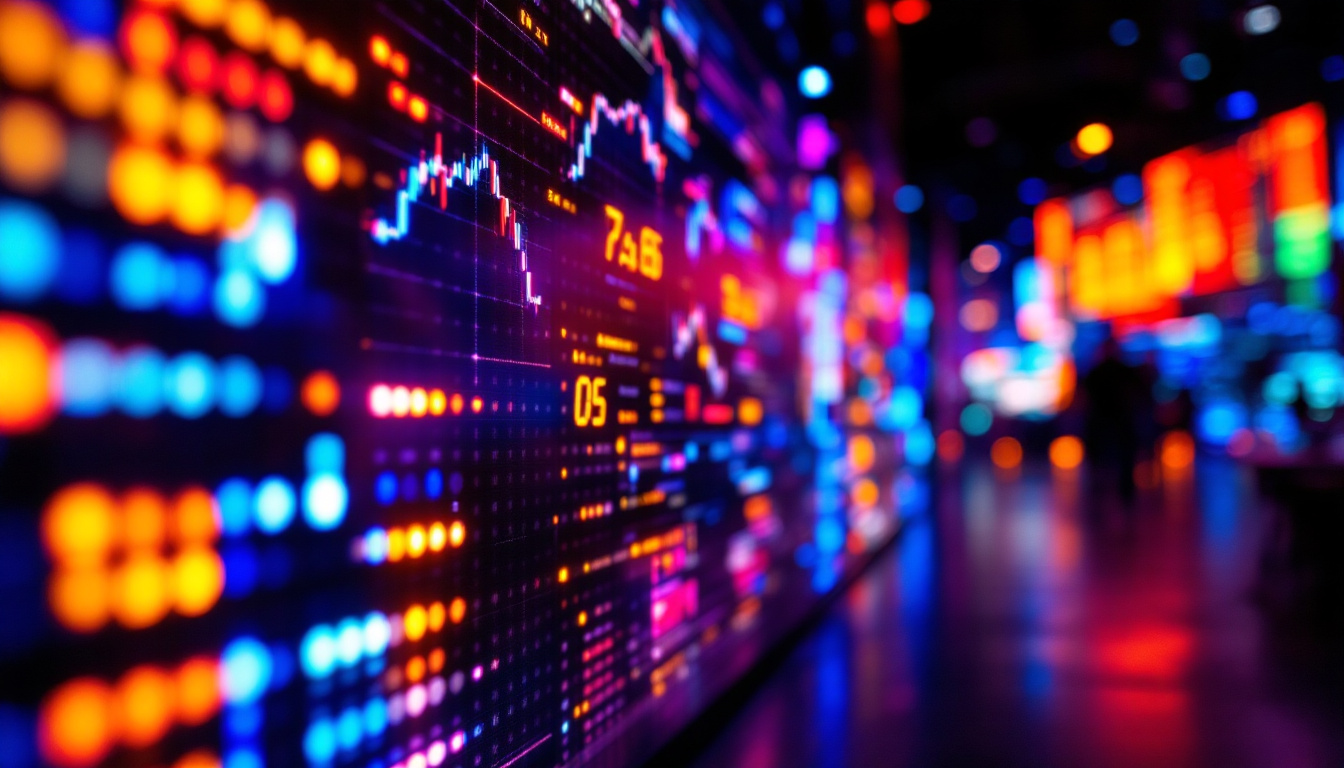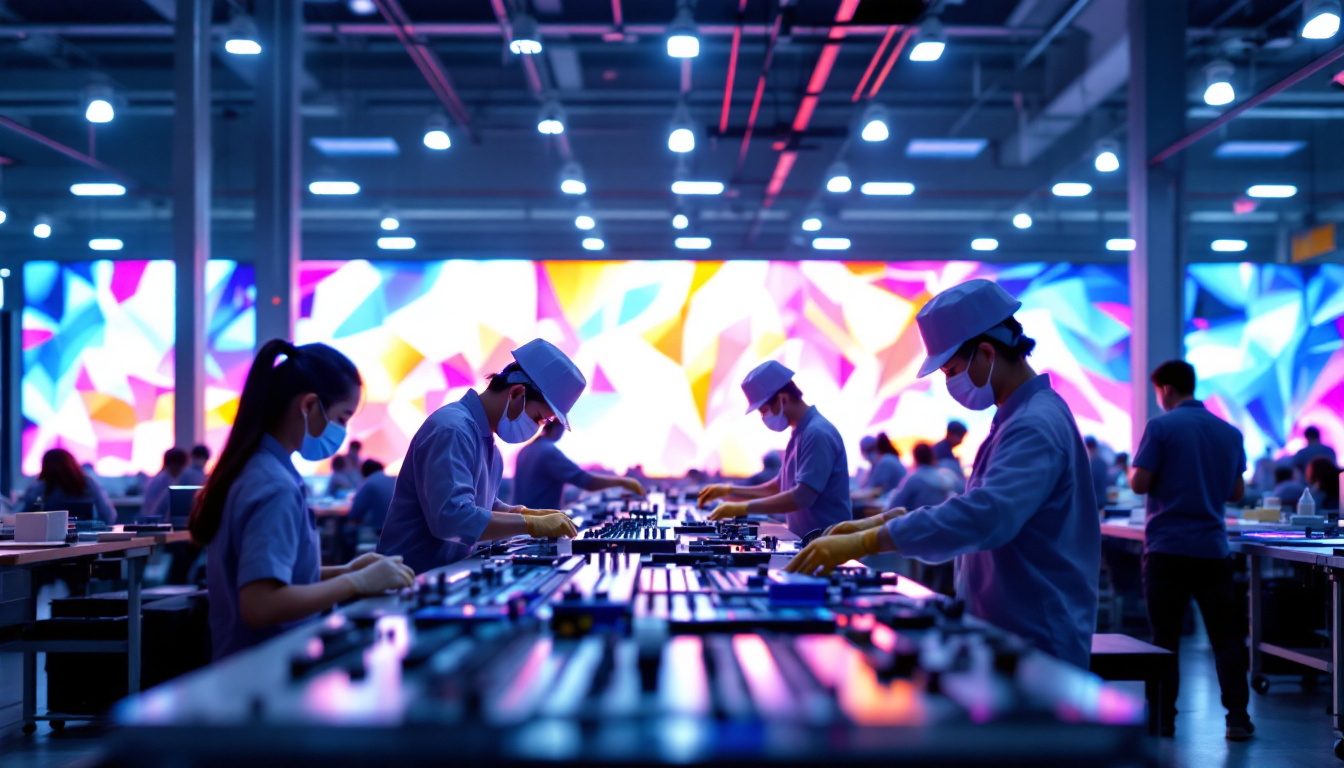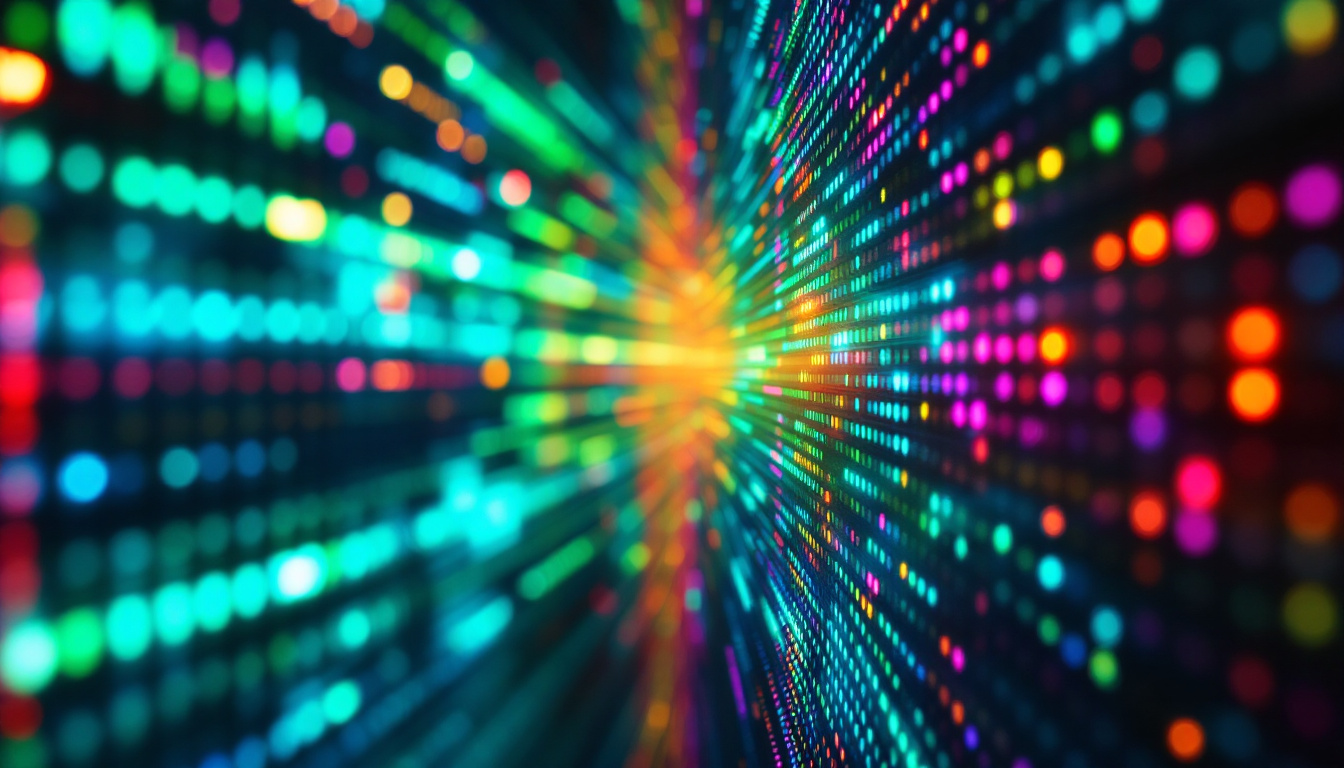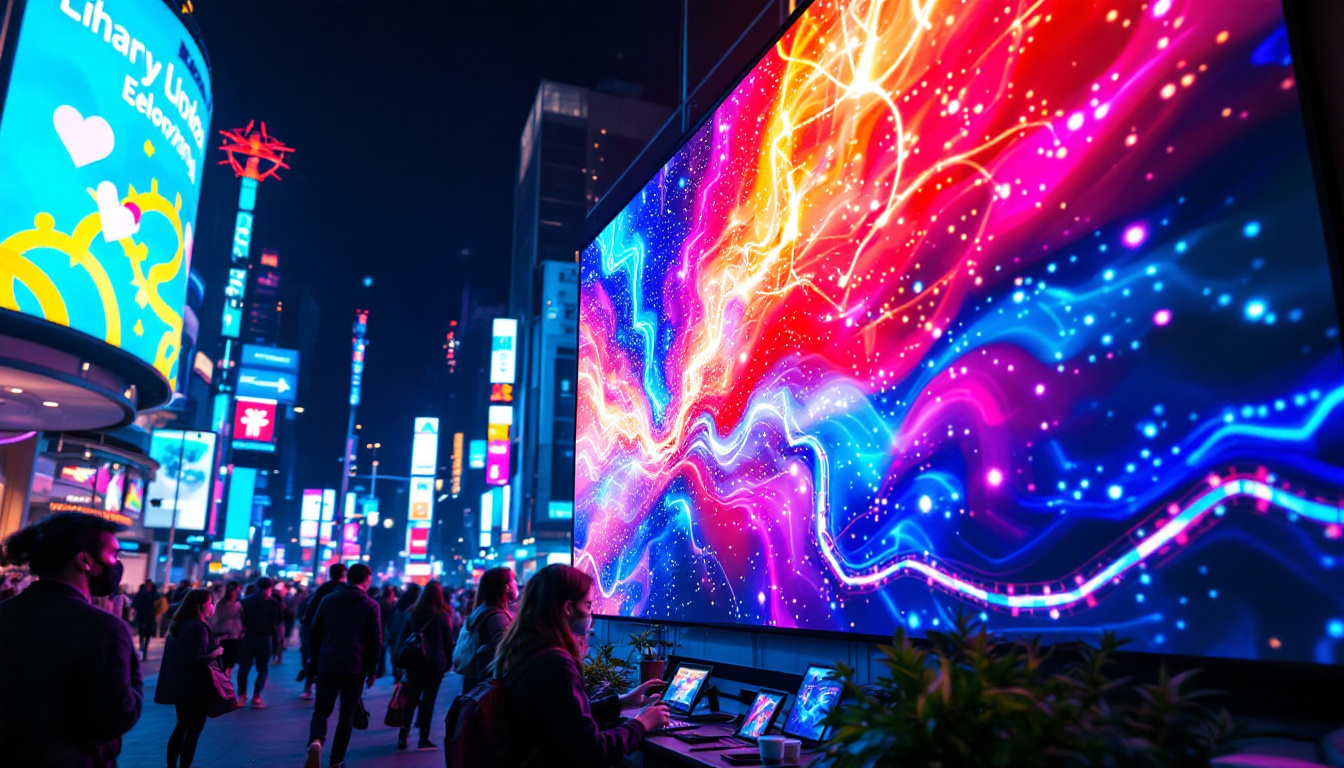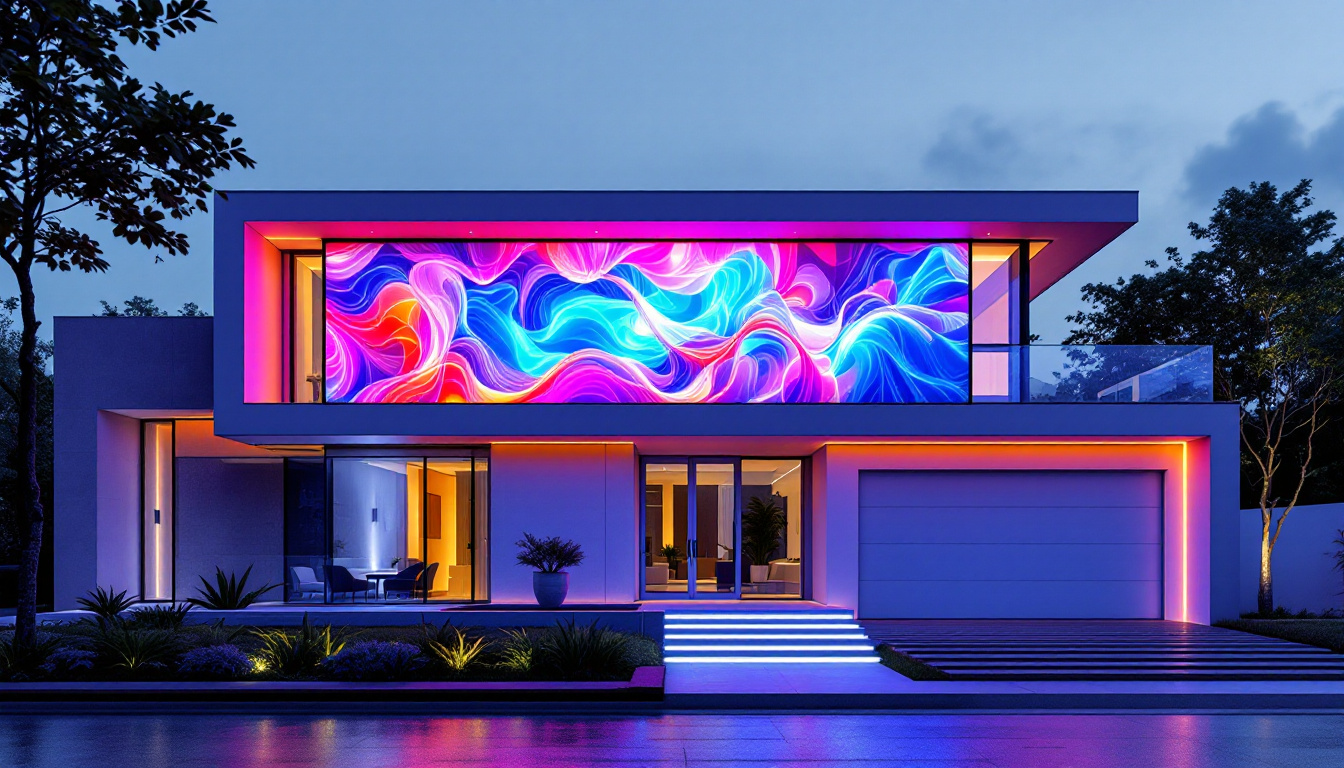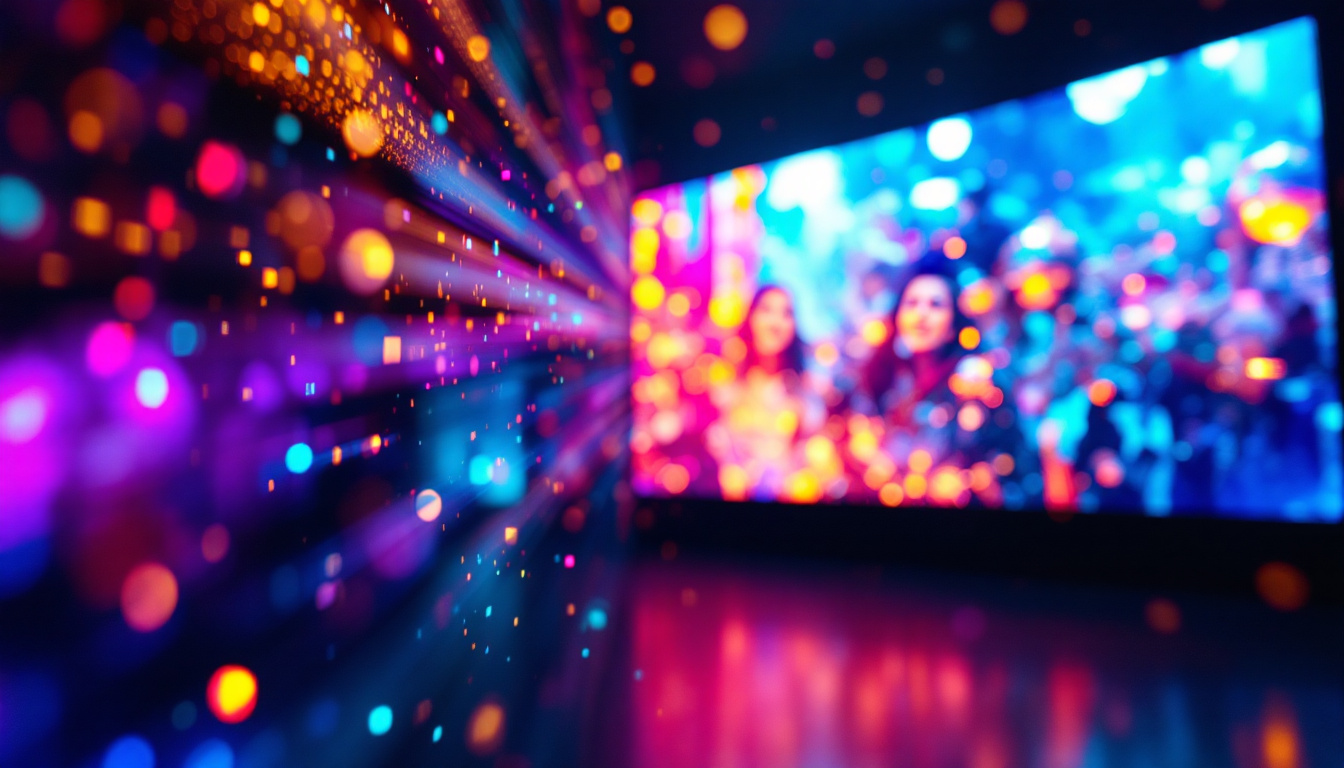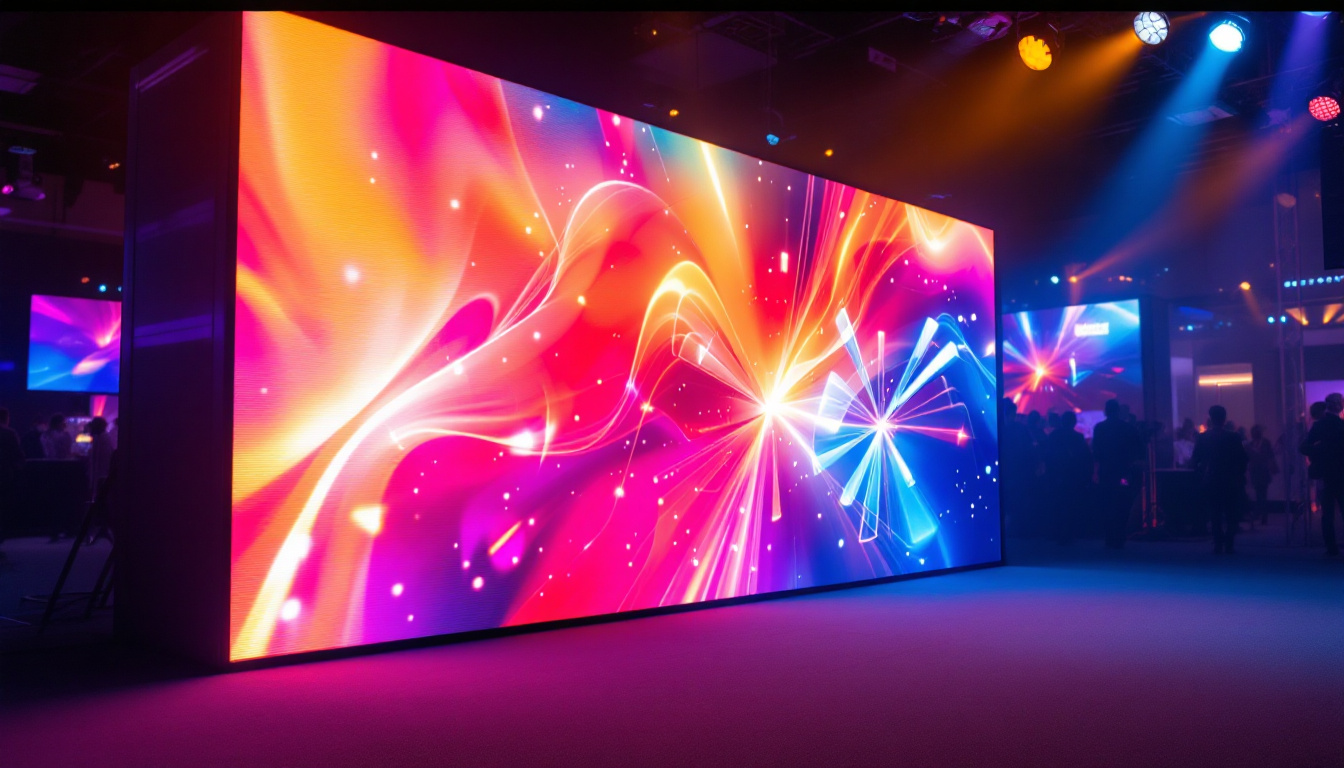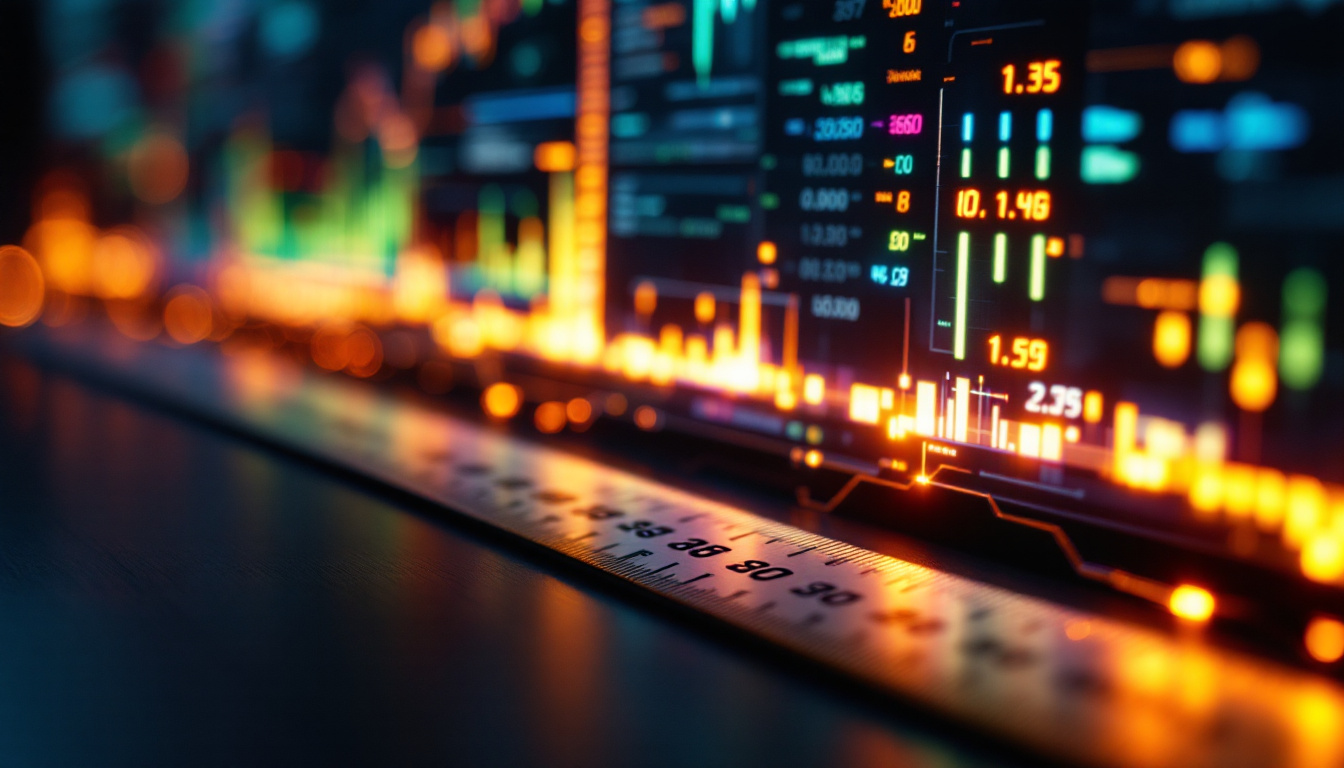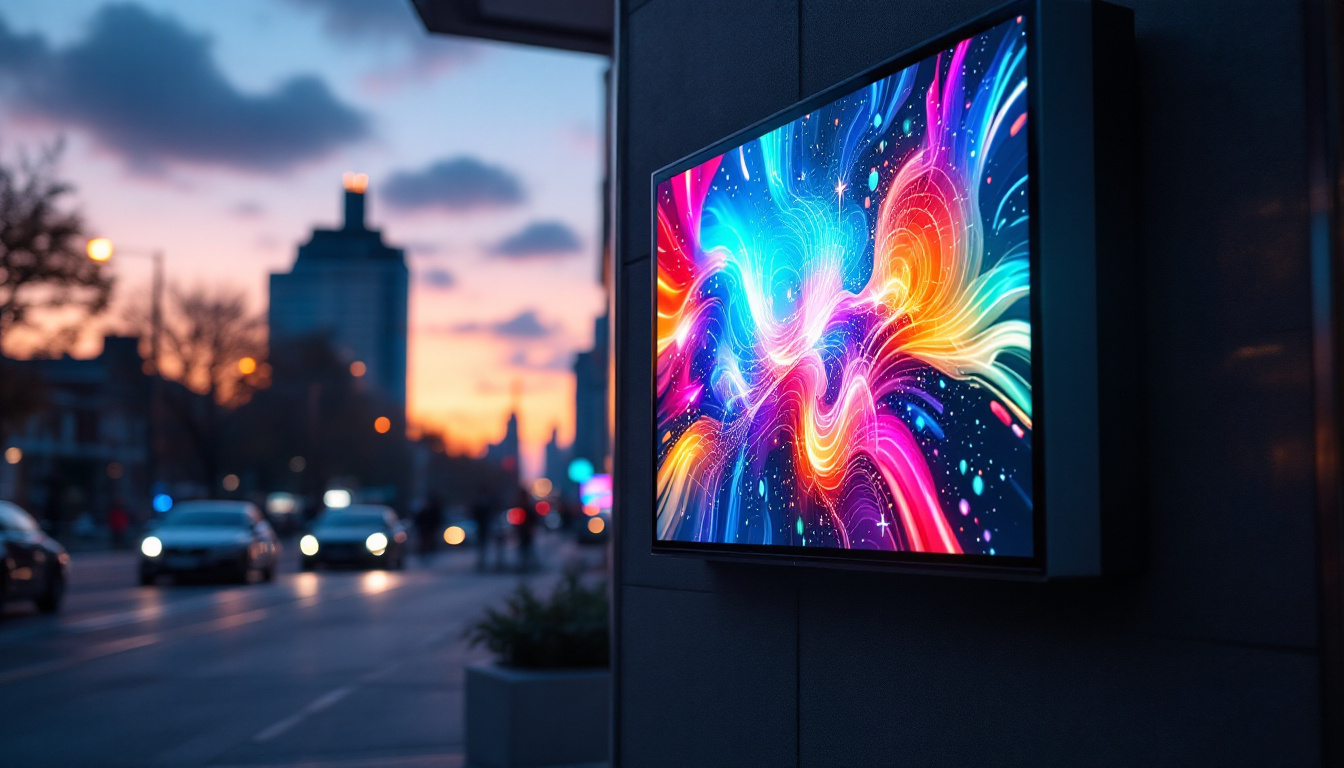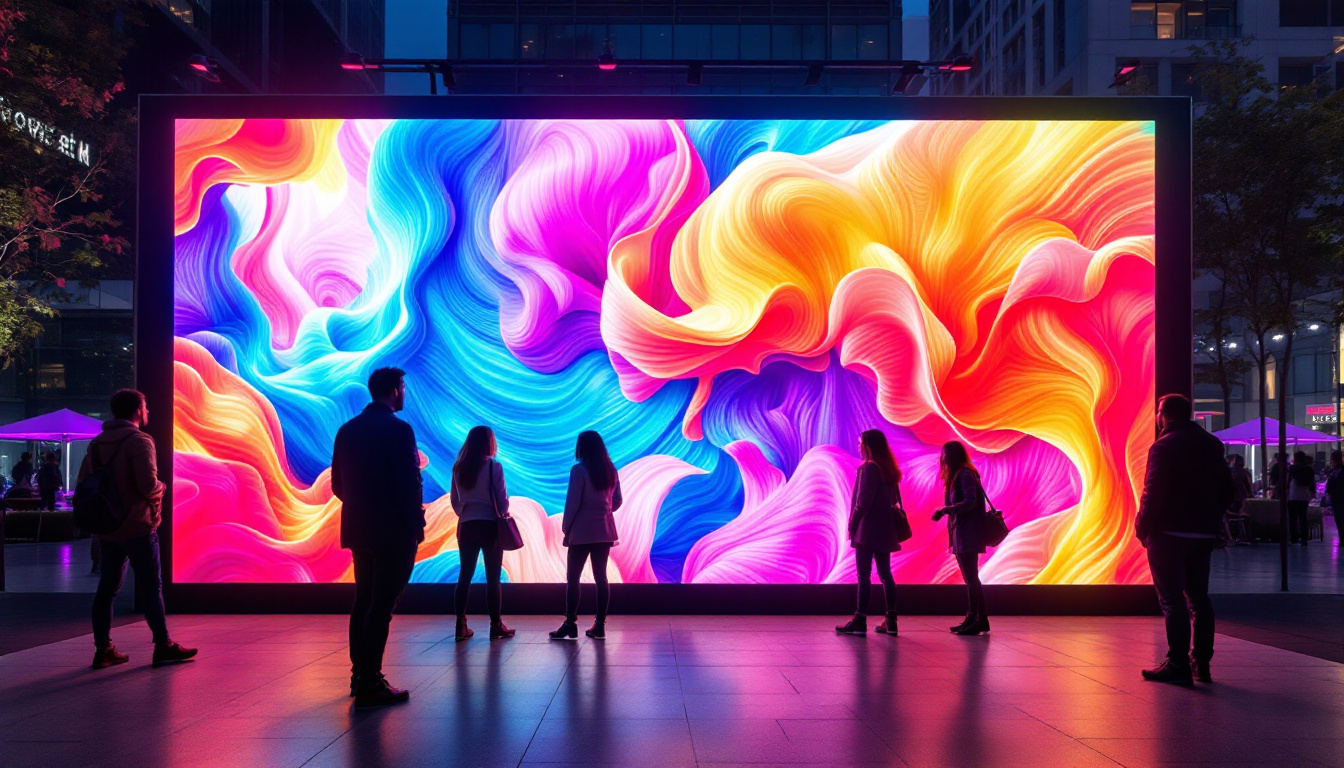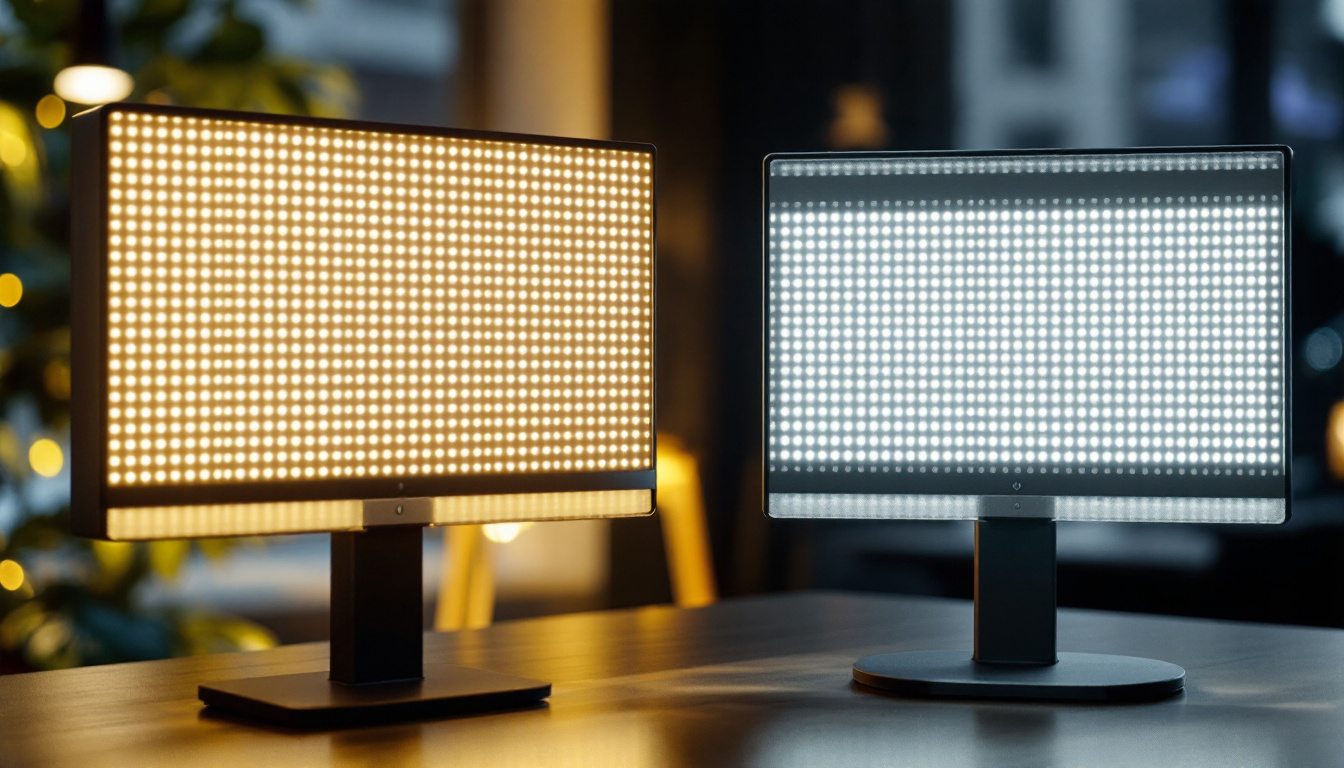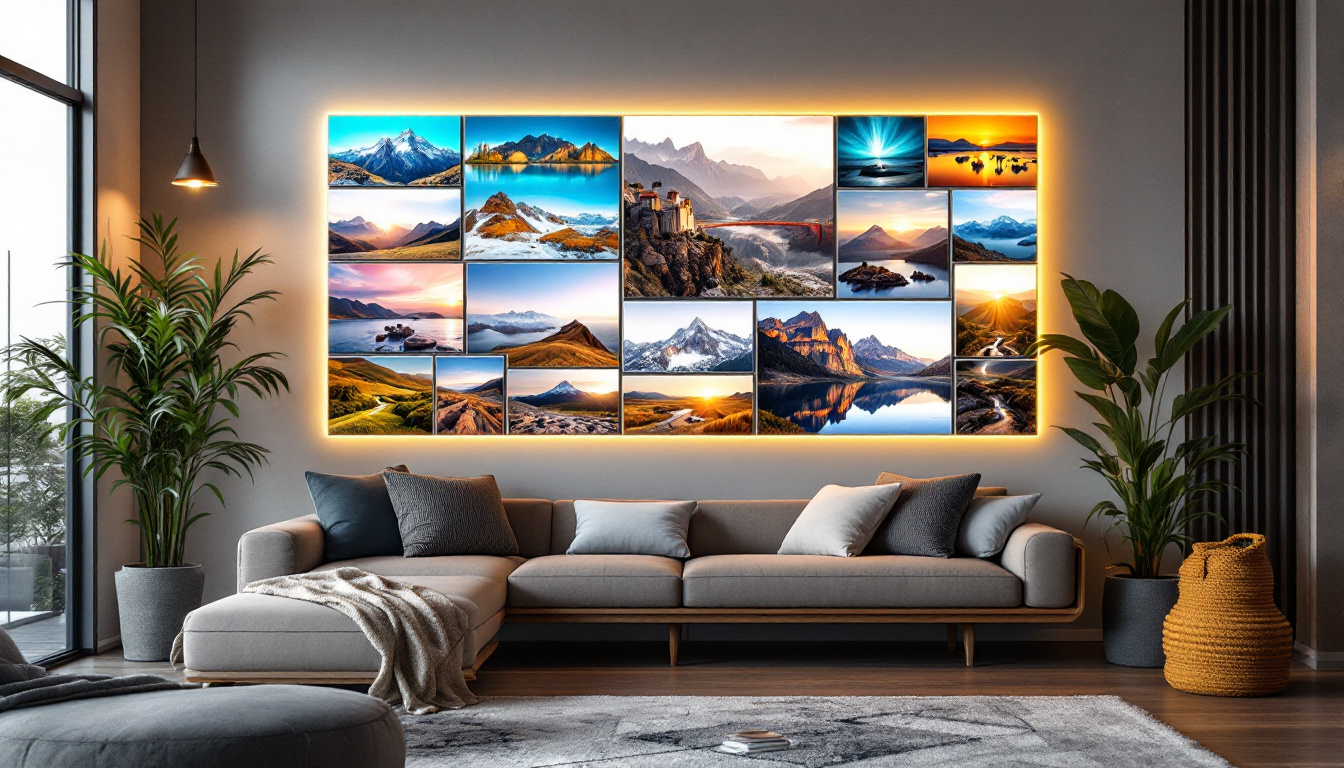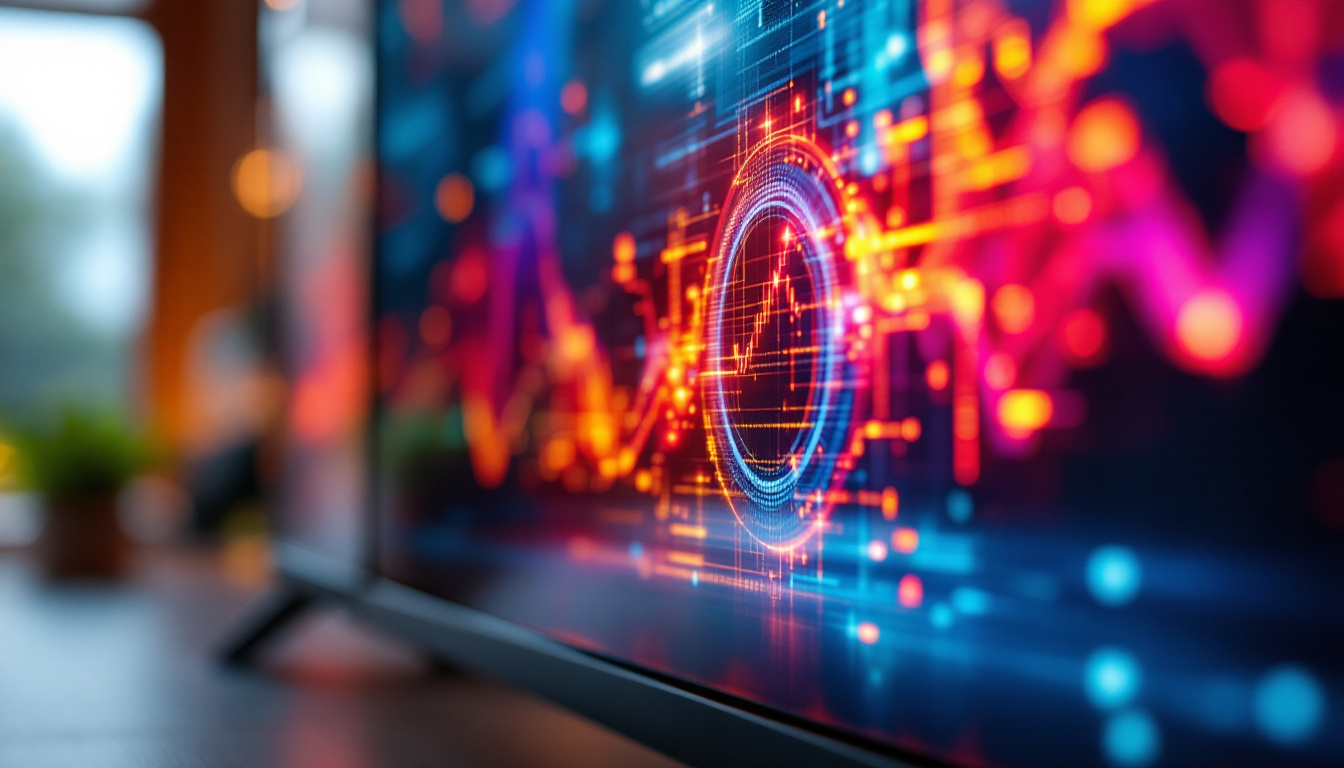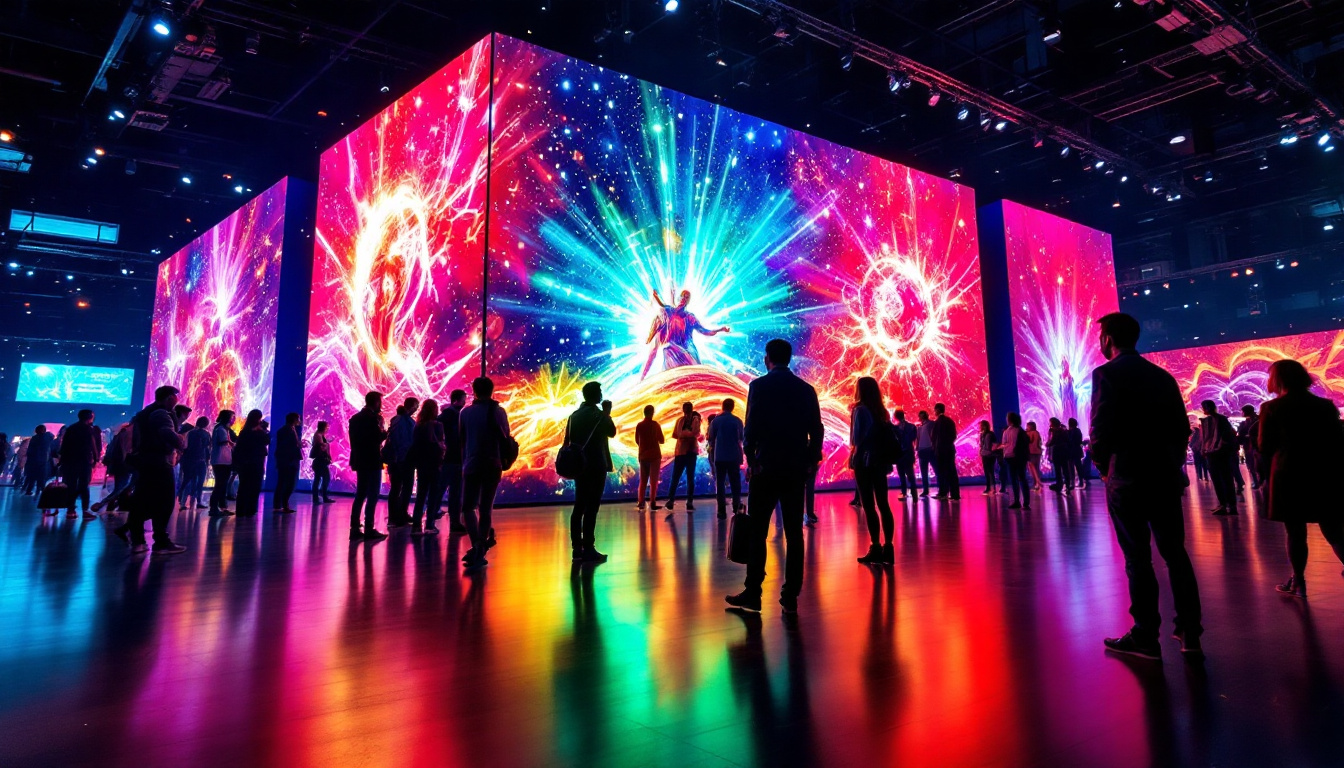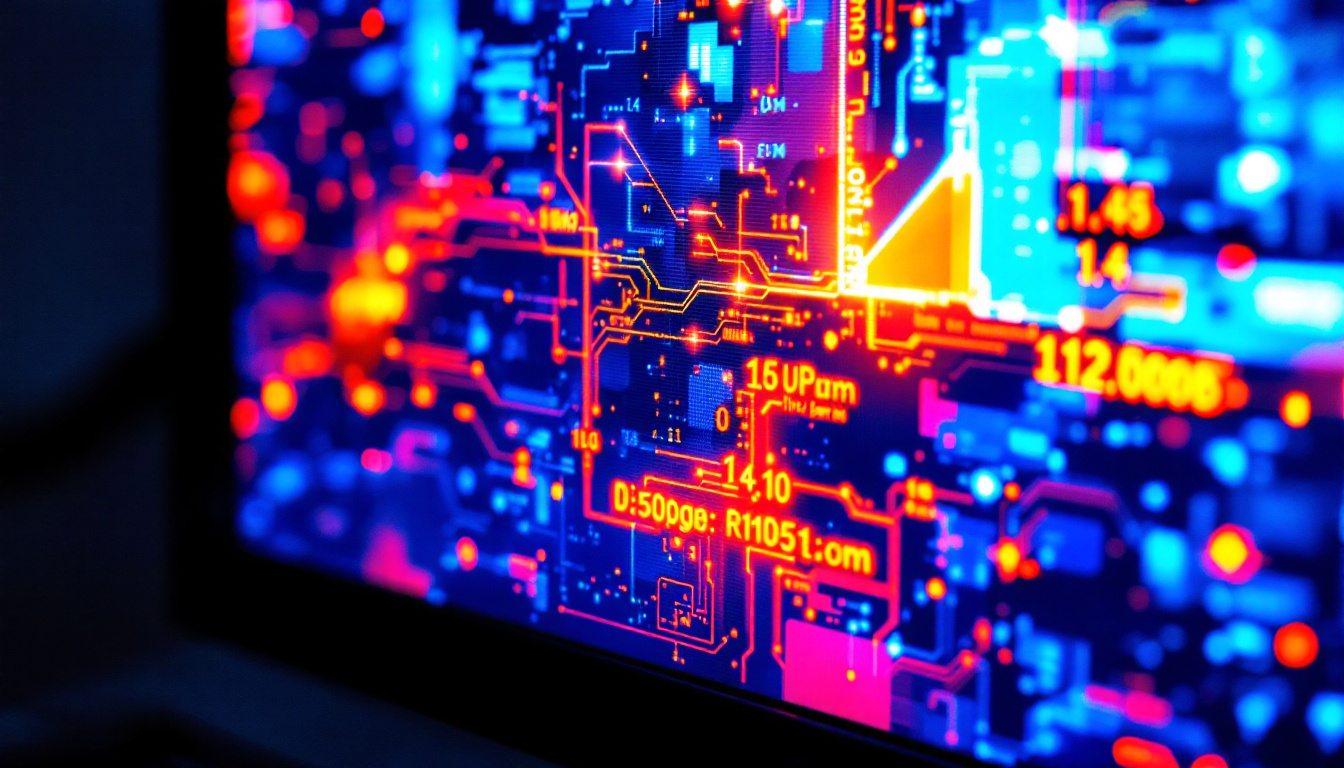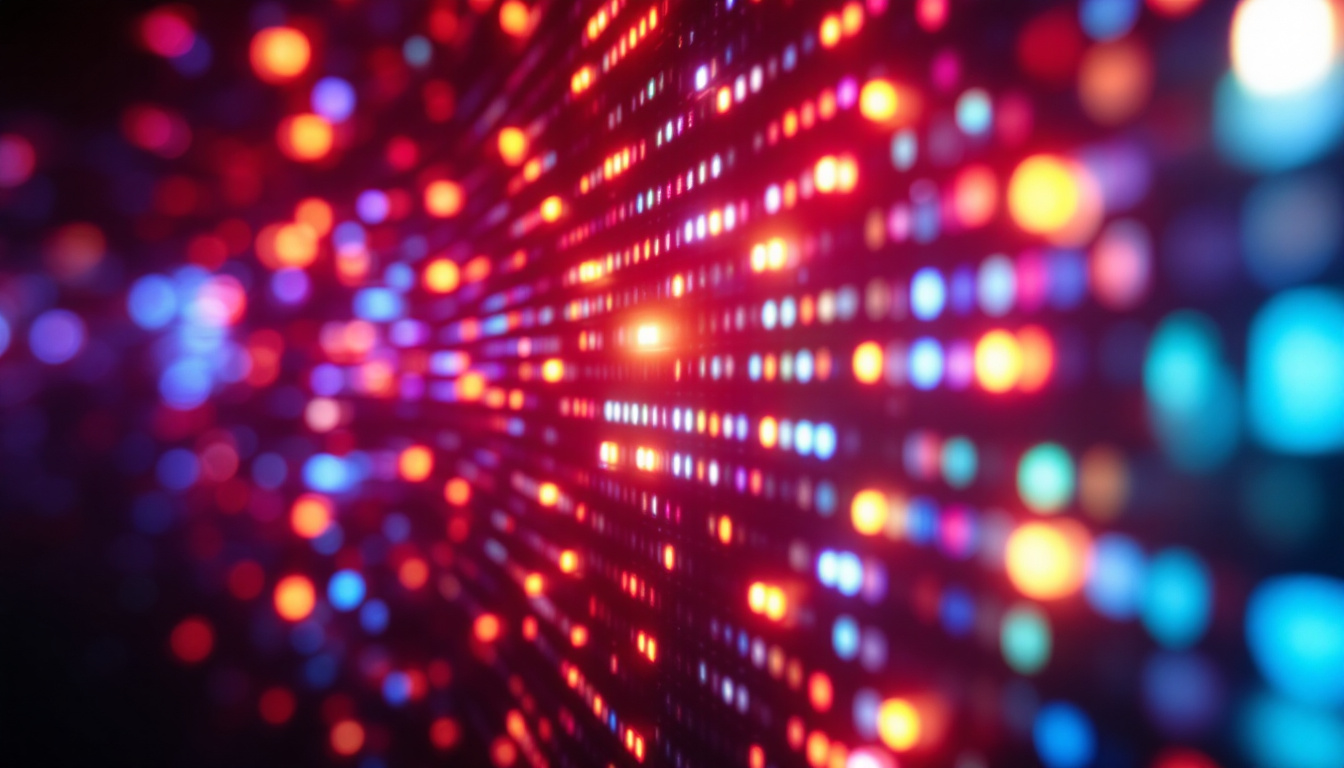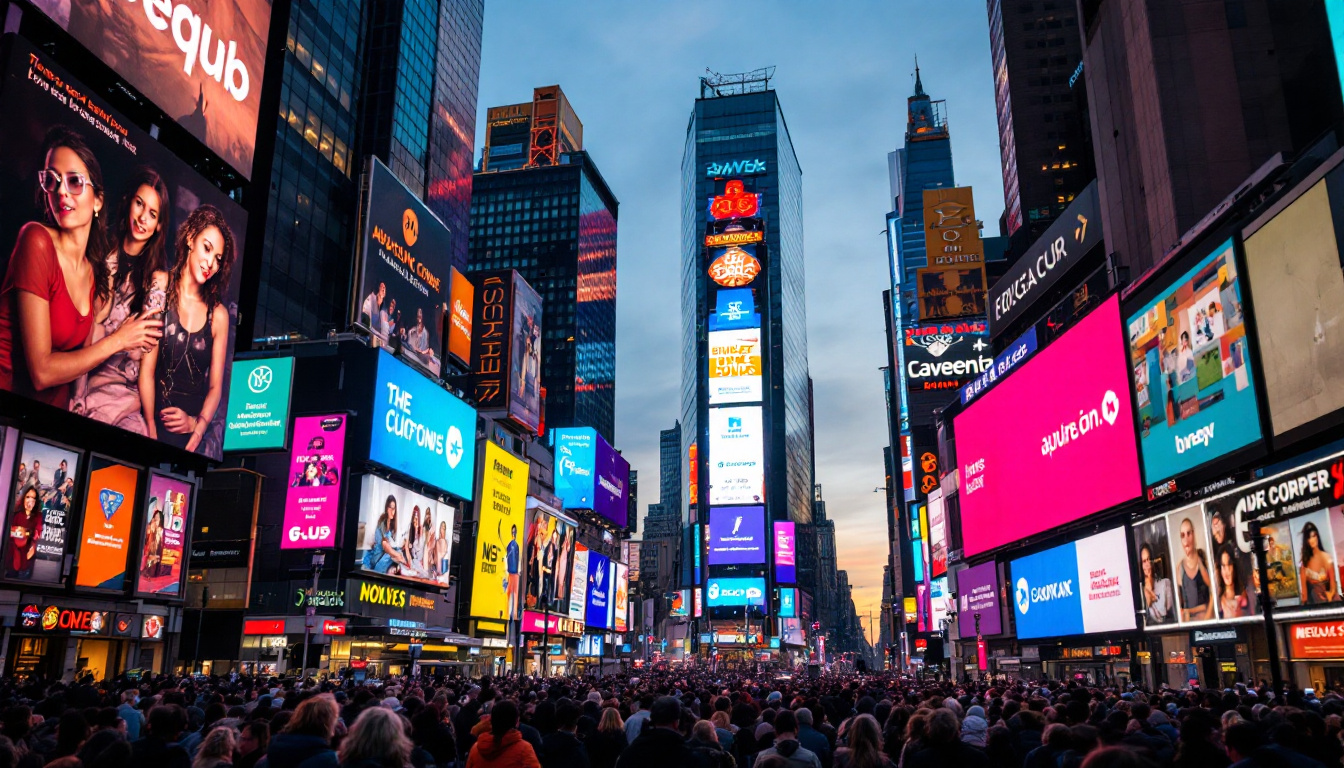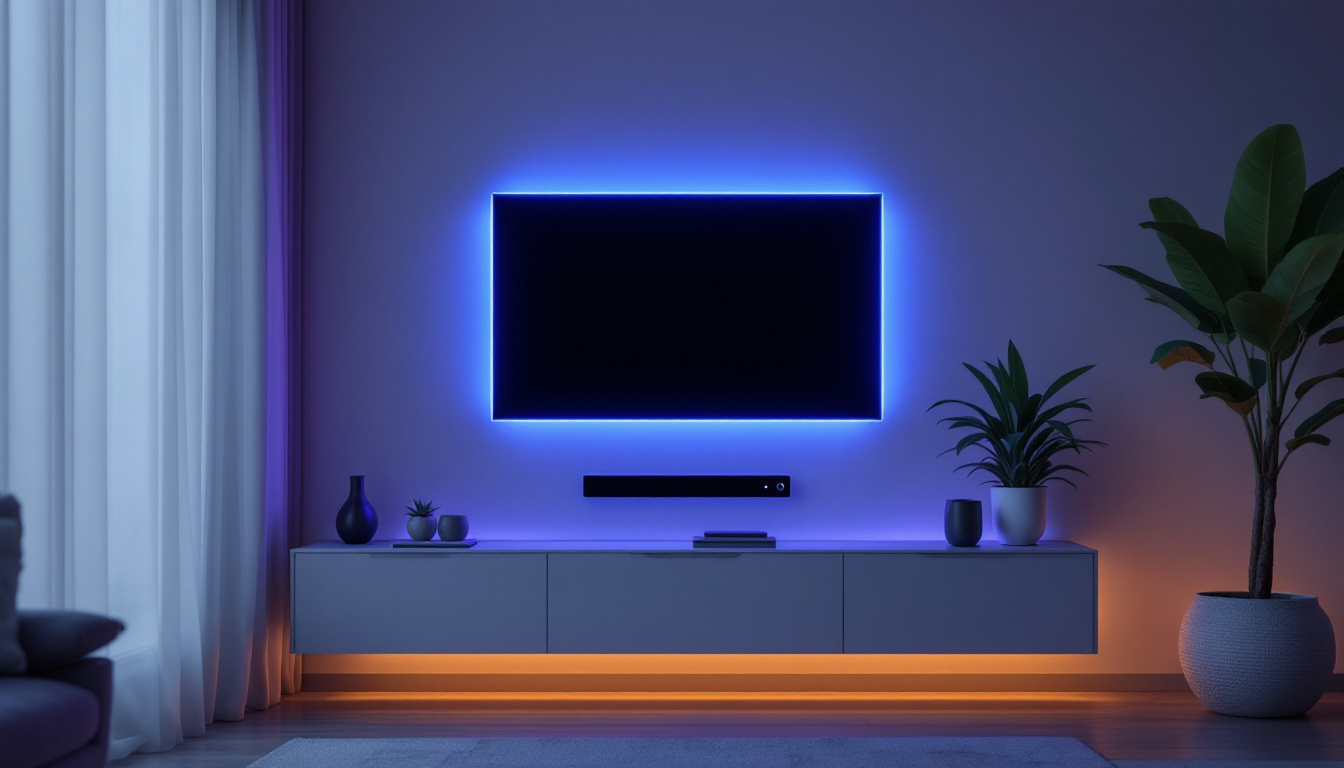In the ever-evolving world of visual technology, LED displays have emerged as a powerful tool for creating immersive environments. From concerts and corporate events to theatrical performances and trade shows, video backdrops using LED technology have transformed the way audiences experience visual content. This article delves into the intricacies of LED displays, exploring their functionality, advantages, and applications.
Understanding LED Technology
LED, or Light Emitting Diode, technology is a form of solid-state lighting that has gained immense popularity due to its efficiency and versatility. Unlike traditional lighting methods, LEDs emit light when an electric current passes through a semiconductor material. This process not only makes LEDs energy-efficient but also allows for a range of color options and brightness levels. Over the years, advancements in LED technology have led to the development of smart lighting solutions that can be controlled remotely, enabling users to customize their lighting environments according to their preferences and needs.
The Science Behind LEDs
The fundamental principle behind LED technology lies in electroluminescence, where certain materials emit light when an electric current is applied. This process occurs at the atomic level, where electrons recombine with holes within the material, releasing energy in the form of photons. The color of the emitted light depends on the energy bandgap of the semiconductor material used. Interestingly, the efficiency of LEDs has improved dramatically since their inception, with modern LEDs being able to convert a significant portion of electrical energy into visible light, thereby reducing waste heat and extending their lifespan.
LEDs are typically composed of a chip encased in a plastic bulb, which helps to focus and direct the light. The combination of different semiconductor materials can create a wide spectrum of colors, making LEDs suitable for various applications, including video displays. Furthermore, the compact size of LEDs allows for innovative designs in lighting fixtures, enabling architects and designers to incorporate lighting seamlessly into their projects, from residential spaces to commercial buildings.
Types of LED Displays
LED displays can be categorized into several types, each designed for specific applications and environments. The most common types include:
- Direct View LED: These displays consist of individual LED modules that are assembled together to form a larger screen. They are often used for outdoor advertising and large-scale events.
- LED Video Walls: Composed of multiple LED panels, video walls can create stunning visual displays for concerts, exhibitions, and corporate events.
- Transparent LED: These displays allow light to pass through, making them ideal for retail environments where visibility is essential.
In addition to these common types, there are also specialty LED displays designed for niche markets. For example, flexible LED displays can be bent and shaped to fit unconventional surfaces, making them perfect for creative advertising campaigns or artistic installations. Another emerging type is the microLED display, which offers incredibly high resolution and brightness levels, paving the way for advancements in virtual reality and augmented reality applications. As technology continues to evolve, the versatility and adaptability of LED displays will likely lead to even more innovative uses across various industries.
Advantages of LED Displays
LED displays offer a multitude of advantages that make them a preferred choice for video backdrops. Their unique features contribute to their growing popularity across various industries.
Energy Efficiency
One of the most significant benefits of LED technology is its energy efficiency. Compared to traditional display technologies, such as LCD or projection systems, LEDs consume significantly less power. This not only reduces operational costs but also minimizes the environmental impact of large-scale events. Furthermore, many LED displays are designed with advanced thermal management systems, which help maintain optimal performance while reducing energy consumption. This means that not only do they save on electricity bills, but they also have a longer lifespan, resulting in fewer replacements and less electronic waste over time.
High Brightness and Contrast
LED displays are known for their exceptional brightness levels, making them suitable for both indoor and outdoor environments. The high contrast ratio ensures that visuals remain vibrant and clear, even in bright sunlight. This capability is particularly crucial for events held in open-air venues where visibility can be compromised. Additionally, the color accuracy of LED displays enhances the viewer’s experience, making images and videos appear more lifelike. This is especially important in applications such as digital signage and advertising, where capturing the audience’s attention is paramount. The ability to deliver stunning visuals in any lighting condition makes LED displays an invaluable asset for event organizers and marketers alike.
Flexibility and Customization
Another advantage of LED displays is their flexibility. They can be configured in various shapes and sizes, allowing for creative installations that cater to specific event requirements. Additionally, LED technology supports dynamic content, enabling real-time updates and interactive experiences that engage audiences. This adaptability extends beyond just physical configurations; LED displays can also integrate seamlessly with various content management systems, allowing for easy content scheduling and playback. As a result, event planners can create immersive environments that resonate with attendees, enhancing brand messaging and audience interaction. The ability to easily swap out content or adjust display settings on the fly further empowers organizers to tailor their presentations to suit different audiences and themes, making each event unique and memorable.
Applications of LED Displays
The versatility of LED displays has led to their widespread adoption across numerous sectors. From entertainment to corporate settings, the applications are diverse and impactful.
Entertainment Industry
In the entertainment industry, LED displays have revolutionized the way performances are presented. Concerts and live events utilize large LED screens to enhance the audience’s experience, providing stunning visuals that complement the music. The ability to synchronize video content with live performances adds a layer of excitement and engagement.
Theatrical productions also benefit from LED backdrops, allowing for quick scene changes and immersive environments. The dynamic nature of LED displays enables directors to create visually captivating narratives that captivate audiences. Moreover, the integration of LED technology in film and television sets has transformed the production landscape, allowing for real-time background changes and effects that were previously only achievable in post-production. This not only streamlines the filming process but also opens up a realm of creative possibilities for filmmakers and set designers alike.
Corporate Events and Trade Shows
For corporate events, LED displays serve as powerful marketing tools. Companies can showcase their brand, products, and services through eye-catching visuals that draw attendees’ attention. Interactive LED displays can also facilitate engagement, allowing potential clients to explore offerings in an innovative way.
At trade shows, LED displays are invaluable for creating striking booths that stand out in crowded environments. They can be used for presentations, product demonstrations, and promotional content, ensuring that exhibitors leave a lasting impression on visitors. Additionally, the use of LED technology in corporate settings extends beyond trade shows; companies often employ LED screens for internal communications, such as displaying real-time data, announcements, and motivational content in common areas. This not only enhances the work environment but also fosters a sense of community and engagement among employees, making LED displays an essential tool in modern corporate culture.
Challenges and Considerations
While LED displays offer numerous advantages, there are also challenges and considerations that event planners and businesses must keep in mind.
Cost Implications
One of the primary challenges associated with LED displays is the initial investment. High-quality LED technology can be expensive, which may deter some businesses from adopting it. However, it is essential to consider the long-term benefits, such as energy savings and reduced maintenance costs, which can offset the initial expenditure.
Technical Expertise
Operating LED displays often requires specialized knowledge and technical expertise. Event organizers must ensure that they have access to skilled technicians who can set up, operate, and troubleshoot the equipment effectively. This requirement can add complexity to event planning, particularly for those without prior experience in using LED technology.
Future Trends in LED Technology
The future of LED displays looks promising, with ongoing advancements in technology paving the way for even more innovative applications. Several trends are emerging that are likely to shape the industry in the coming years.
Increased Resolution and Pixel Density
As demand for higher-quality visuals continues to grow, manufacturers are focusing on increasing the resolution and pixel density of LED displays. This trend will enable even more detailed and lifelike images, enhancing the overall viewing experience for audiences.
Integration with Augmented and Virtual Reality
The integration of LED displays with augmented reality (AR) and virtual reality (VR) technologies is also on the rise. This combination can create immersive experiences that blur the lines between the digital and physical worlds, offering audiences a unique way to engage with content.
Environmental Sustainability
As sustainability becomes a priority across industries, LED technology is evolving to become more environmentally friendly. Manufacturers are exploring ways to reduce waste and improve the recyclability of LED components, ensuring that the technology aligns with global sustainability goals.
Conclusion
LED displays have become an integral part of modern visual communication, offering unparalleled advantages in terms of brightness, energy efficiency, and flexibility. Their applications span various industries, enhancing experiences in entertainment, corporate events, and beyond. While challenges exist, the ongoing advancements in LED technology promise a bright future for video backdrops and visual displays.
As technology continues to evolve, the potential for LED displays will only expand, providing exciting opportunities for creativity and innovation. Whether used for captivating performances or engaging marketing strategies, LED displays are set to remain at the forefront of visual technology.
Discover LumenMatrix’s Innovative LED Solutions
Ready to elevate your visual experience with cutting-edge LED technology? Look no further than LumenMatrix, a pioneer in crafting dynamic LED display modules tailored for any application. From enhancing brand presence with an Indoor LED Wall Display to captivating audiences with a Custom LED Display, LumenMatrix is committed to revolutionizing visual communication. Embrace the future of digital signage and create unforgettable visual narratives. Check out LumenMatrix LED Display Solutions today and see your vision come to life.

